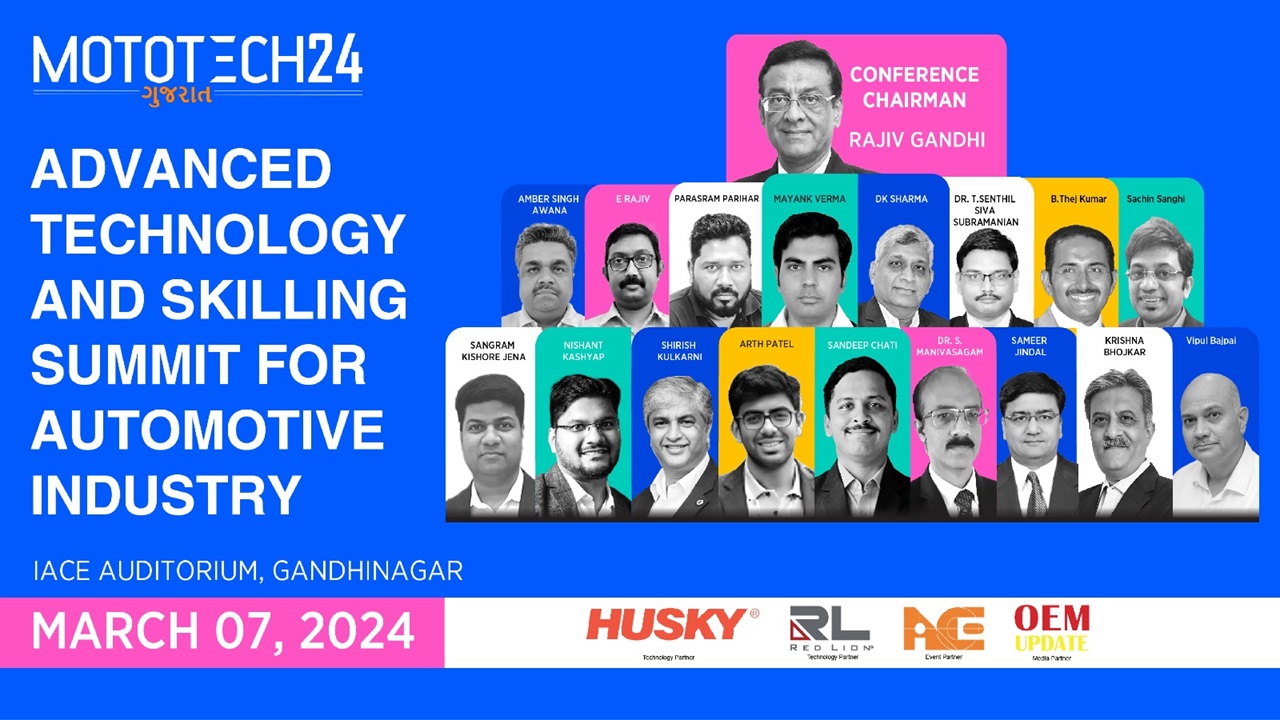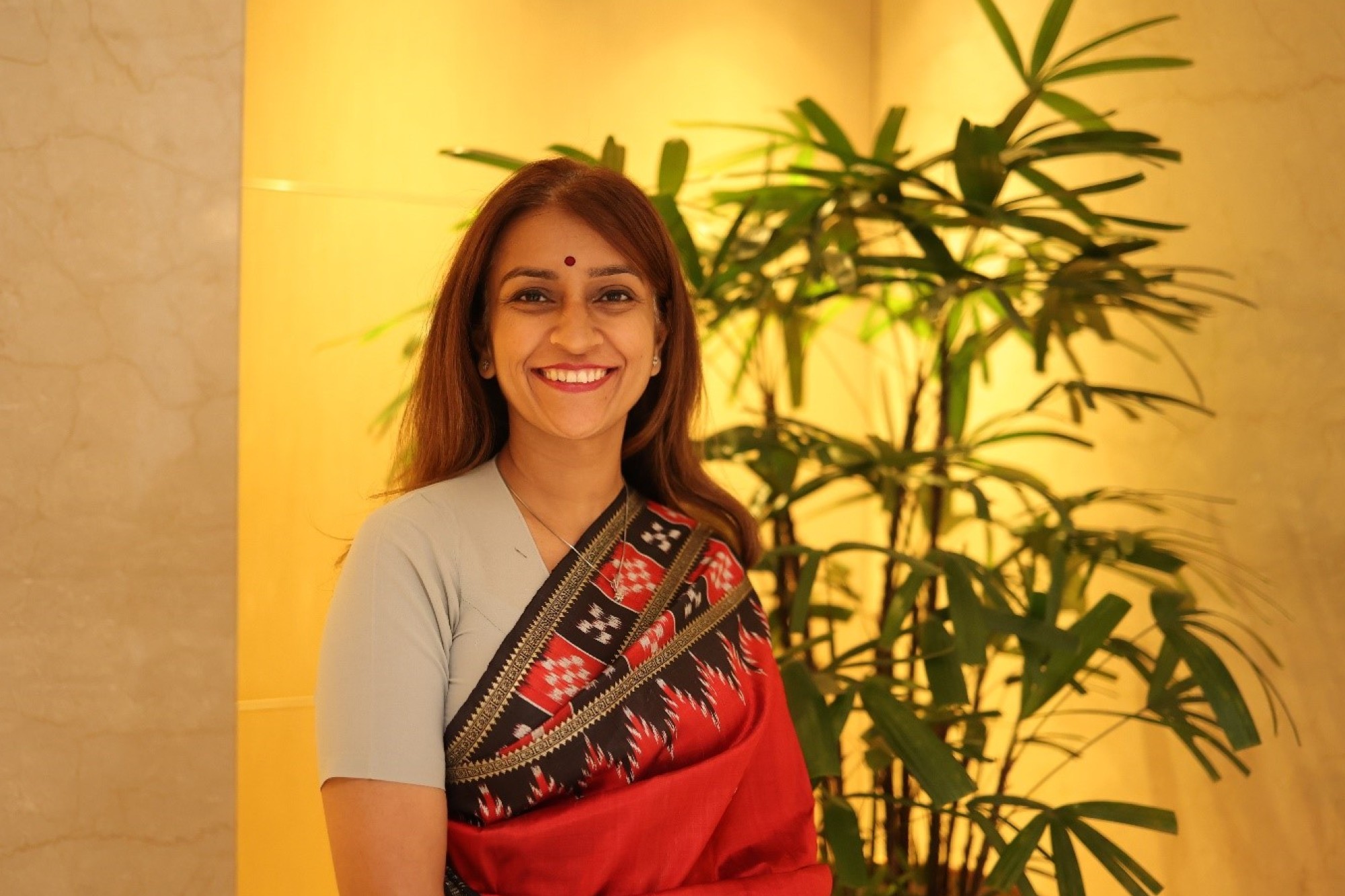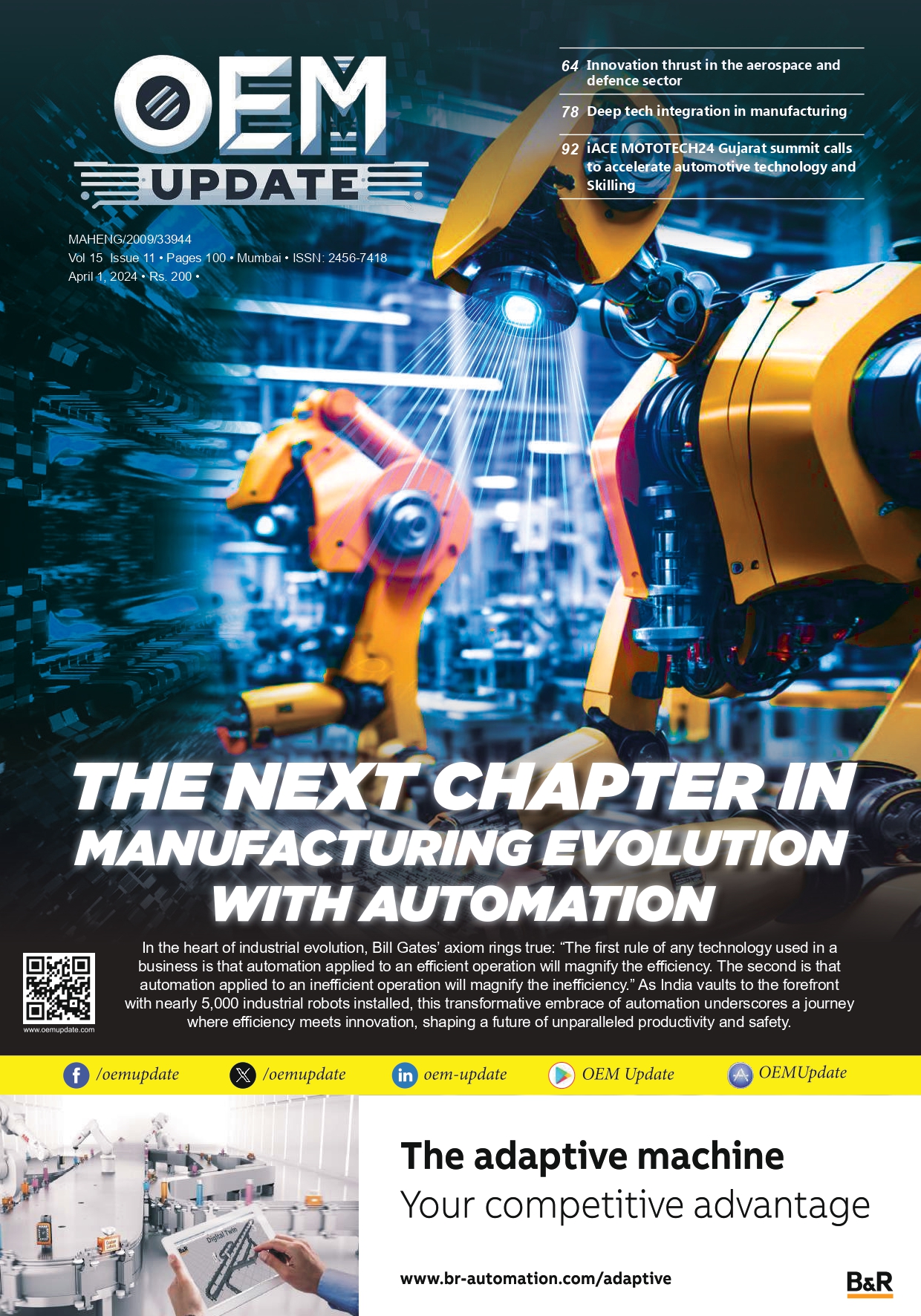A cool approach to optimise bearing performance
January 23, 2013 6:16 am
A cool approach to optimise bearing performance
In this article, experts from Timken provide useful advice on how to choose the right bearing for a particular application, and how the design can help avoid unwanted heat generation
Bearings are a vital component in rotating industrial equipment, and they often represent a significant capital investment. To maintain that investment and avoid costly downtime it is important to preserve the conditions that help keep a bearing performing properly. One condition that affects bearing performance is temperature — excessive heat generation is often a leading cause in bearing performance problems. However, proper bearing selection for defined applications and appropriate lubrication can minimise excessive heat generation to help keep industrial equipment running and reduce potential downtime.
Most bearing manufacturers aim to engineer a lower operating temperature into the geometric design of a bearing by controlling the form and tolerance of the friction interacting surfaces. However, a manufacturer’s efforts to lower operating temperatures through innovative design may go unnoticed if installers do not begin by choosing a bearing suitable to the application and its surrounding environment, or if the lubrication practices employed after installation are not aligned with the bearing system.
With so many factors to consider, it is important for engineers to understand why certain bearings are suitable for heavy load applications, what type of performance can be expected from a bearing, and the impact of temperature on a bearing’s performance. When this list of criteria is met and the correct bearing is chosen, the result can be an improvement in efficiency, which minimises energy loss and lowers total operating cost.Suitable Bearings To accomplish reliable equipment operation and associated bearing performance, it is essential to select the proper bearing for an application and its environment. The most challenging bearing applications, which are subject to heat generation, include power generation, wind turbines, gear drives, and rolling mills. These applications demand a bearing with engineered characteristics that can accommodate dynamic misalignment and slide-roll relationships, all while maintaining a lower operating temperature (Fig. 1).
Spherical roller bearings (SRBs) are often the most suitable bearings for these applications, as they are engineered to have a maximum load capacity and to support combinations of radial and axial loading, even under significant dynamic misalignment conditions. However, many factors influence how well a bearing will perform in any given application, which is why the proper bearing selection process should be followed.
Bearing selection is the process of evaluating the suitability of bearings for specific industrial applications. While many bearing types exist to meet gear application performance needs, just as many mechanical factors exist to influence the best choice of bearing for specific power transmission systems. Rolling element bearing types are defined by the shape of the rolling element, and they range from needle to ball and tapered to spherical.
Characteristics such as stiffness or allowable deflection, lubrication requirements, static and dynamic misalignment, speed capability, load capability, and desired service life or durability all factor into choosing the best bearing for the application. In any given system,
rolling element bearings inherently manage broad ranges of speed and many combinations of radial and axial loads.
However, surrounding environmental conditions such as low and/or high temperature, dust and dirt, moisture, and unusual mounting conditions can adversely affect a bearing’s performance. Therefore, it is important to consider both the power transmission system mechanical and environmental factors that may significantly impact the bearing choice and its performance.
The first step in bearing selection is identifying the proper roller element type, whether it is a ball, needle, cylindrical, spherical, or tapered roller bearing. Each bearing type has advantages and disadvantages that are design-specific and will affect such things as the load and speed the bearing can tolerate in the application, as well as the predicted durability and service life.
The size constraints of the bearing envelope or available space must then be addressed in the second step of the bearing selection process. This is done by considering the minimum shaft diameter, maximum housing bore, and available width in the bearing application. After the bearing envelope is defined, the selection options should be limited to bearings with bores, outer diameters, and widths that will fit in the bearing envelope.
There may be several bearings with different load-carrying capacities available that fit in the envelope. Once the suitable bearing choices are defined according to the parameters required for installation, the third step is to determine which of these bearings is best able to produce the desired predicted-service life in the application by performing a bearing-system-life analysis (Fig. 2 & 3). The key contributors to high performance and bearing life in industrial applications include ability to carry combination radial and axial loads, high load capacity, speed, and misalignment capability; SRBs are specifically engineered to handle such conditions.
Finally, the bearing selection is completed once the bearing design options are defined and satisfied. Bearing design options include cage type, bearing flange configurations (cylindrical and tapered roller bearings), radial internal clearance (RIC) or setting, and precision
level and lubrication. These options are selected based on the application’s speed, temperature, mounting and loading conditions, and will help achieve optimum bearing performance and life.
Cookie Consent
We use cookies to personalize your experience. By continuing to visit this website you agree to our Terms & Conditions, Privacy Policy and Cookie Policy.








